The Advanced Guide to Deep Learning and Artificial Intelligence for $42
November 29, 2016 / by Marco / Categories : Business, deals, design, entrepreneur, website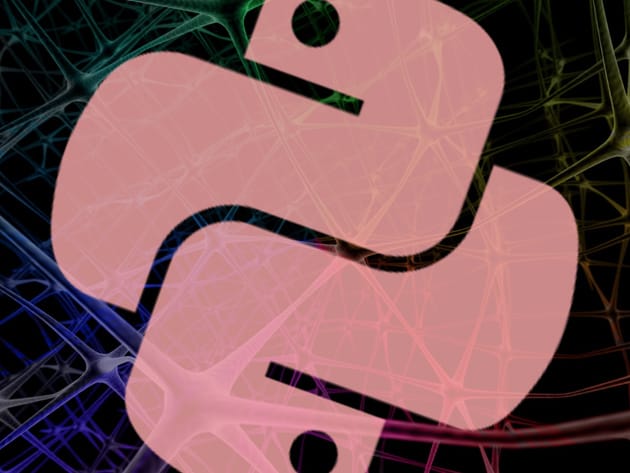
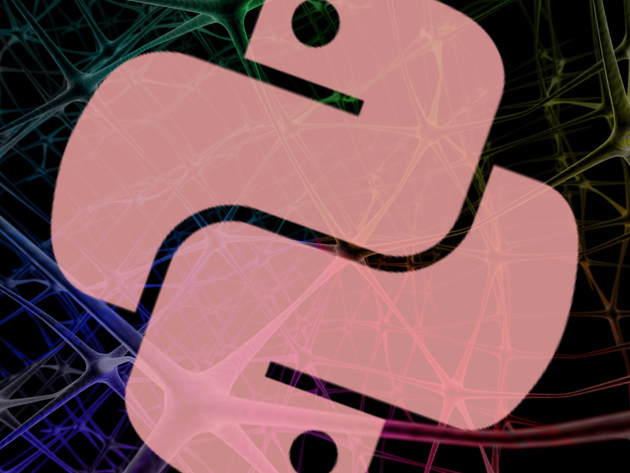
KEY FEATURES
In this course, intended to expand upon your knowledge of neural networks and deep learning, you’ll harness these concepts for computer vision using convolutional neural networks. Going in-depth on the concept of convolution, you’ll discover its wide range of applications, from generating image effects to modeling artificial organs.
- Access 25 lectures & 3 hours of content 24/7
- Explore the StreetView House Number (SVHN) dataset using convolutional neural networks (CNNs)
- Build convolutional filters that can be applied to audio or imaging
- Extend deep neural networks w/ just a few functions
- Test CNNs written in both Theano & TensorFlow
Note: we strongly recommend taking The Deep Learning & Artificial Intelligence Introductory Bundle before this course.
PRODUCT SPECS
Details & Requirements
- Length of time users can access this course: lifetime
- Access options: web streaming, mobile streaming
- Certification of completion not included
- Redemption deadline: redeem your code within 30 days of purchase
- Experience level required: all levels, but you must have some knowledge of calculus, linear algebra, probability, Python, Numpy, and be able to write a feedforward neural network in Theano and TensorFlow.
- All code for this course is available for download here, in the directory cnn_class
Compatibility
- Internet required
THE EXPERT
The Lazy Programmer is a data scientist, big data engineer, and full stack software engineer. For his master’s thesis he worked on brain-computer interfaces using machine learning. These assist non-verbal and non-mobile persons to communicate with their family and caregivers.
He has worked in online advertising and digital media as both a data scientist and big data engineer, and built various high-throughput web services around said data. He has created new big data pipelines using Hadoop/Pig/MapReduce, and created machine learning models to predict click-through rate, news feed recommender systems using linear regression, Bayesian Bandits, and collaborative filtering and validated the results using A/B testing.
He has taught undergraduate and graduate students in data science, statistics, machine learning, algorithms, calculus, computer graphics, and physics for students attending universities such as Columbia University, NYU, Humber College, and The New School.
Multiple businesses have benefitted from his web programming expertise. He does all the backend (server), frontend (HTML/JS/CSS), and operations/deployment work. Some of the technologies he has used are: Python, Ruby/Rails, PHP, Bootstrap, jQuery (Javascript), Backbone, and Angular. For storage/databases he has used MySQL, Postgres, Redis, MongoDB, and more.
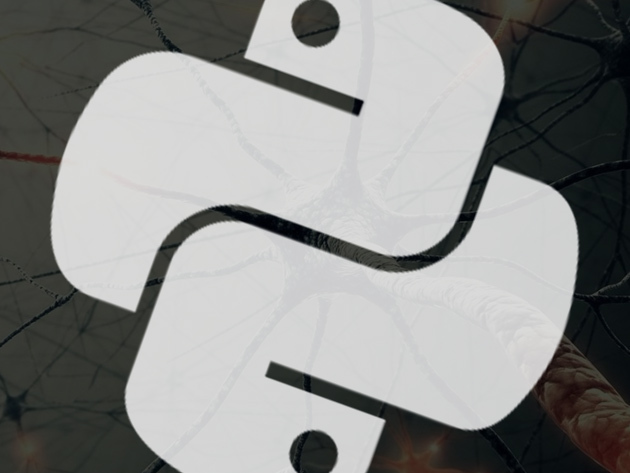
KEY FEATURES
In this course, you’ll dig deep into deep learning, discussing principal components analysis and a popular nonlinear dimensionality reduction technique known as t-distributed stochastic neighbor embedding (t-SNE). From there you’ll learn about a special type of unsupervised neural network called the autoencoder, understanding how to link many together to get a better performance out of deep neural networks.
- Access 30 lectures & 3 hours of content 24/7
- Discuss restricted Boltzmann machines (RBMs) & how to pretrain supervised deep neural networks
- Learn about Gibbs sampling
- Use PCA & t-SNE on features learned by autoencoders & RBMs
- Understand the most modern deep learning developments
PRODUCT SPECS
Details & Requirements
- Length of time users can access this course: lifetime
- Access options: web streaming, mobile streaming
- Certification of completion not included
- Redemption deadline: redeem your code within 30 days of purchase
- Experience level required: intermediate, but you must have some knowledge of calculus, linear algebra, probability, Python, Numpy, and be able to write a feedforward neural network in Theano and TensorFlow.
- All code for this course is available for download here, in the directory unsupervised_class2
Compatibility
- Internet required
THE EXPERT
The Lazy Programmer is a data scientist, big data engineer, and full stack software engineer. For his master’s thesis he worked on brain-computer interfaces using machine learning. These assist non-verbal and non-mobile persons to communicate with their family and caregivers.
He has worked in online advertising and digital media as both a data scientist and big data engineer, and built various high-throughput web services around said data. He has created new big data pipelines using Hadoop/Pig/MapReduce, and created machine learning models to predict click-through rate, news feed recommender systems using linear regression, Bayesian Bandits, and collaborative filtering and validated the results using A/B testing.
He has taught undergraduate and graduate students in data science, statistics, machine learning, algorithms, calculus, computer graphics, and physics for students attending universities such as Columbia University, NYU, Humber College, and The New School.
Multiple businesses have benefitted from his web programming expertise. He does all the backend (server), frontend (HTML/JS/CSS), and operations/deployment work. Some of the technologies he has used are: Python, Ruby/Rails, PHP, Bootstrap, jQuery (Javascript), Backbone, and Angular. For storage/databases he has used MySQL, Postgres, Redis, MongoDB, and more.
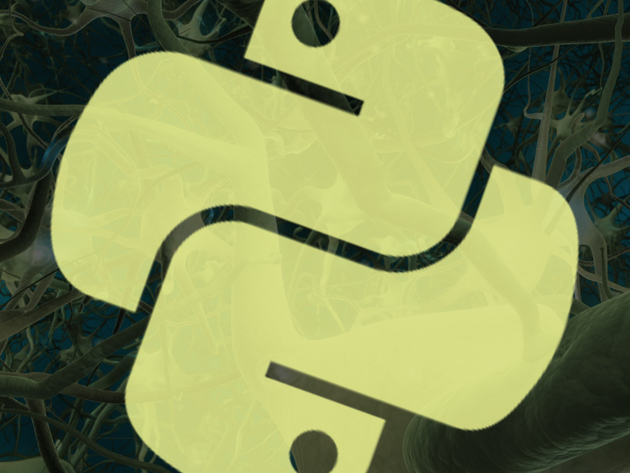
KEY FEATURES
A recurrent neural network is a class of artificial neural network where connections form a directed cycle, using their internal memory to process arbitrary sequences of inputs. This makes them capable of tasks like handwriting and speech recognition. In this course, you’ll explore this extremely expressive facet of deep learning and get up to speed on this revolutionary new advance.
- Access 32 lectures & 4 hours of content 24/7
- Get introduced to the Simple Recurrent Unit, also known as the Elman unit
- Extend the XOR problem as a parity problem
- Explore language modeling
- Learn Word2Vec to create word vectors or word embeddings
- Look at the long short-term memory unit (LSTM), & gated recurrent unit (GRU)
- Apply what you learn to practical problems like learning a language model from Wikipedia data
PRODUCT SPECS
Details & Requirements
- Length of time users can access this course: lifetime
- Access options: web streaming, mobile streaming
- Certification of completion not included
- Redemption deadline: redeem your code within 30 days of purchase
- Experience level required: all levels, but you must have some knowledge of calculus, linear algebra, probability, Python, Numpy, and be able to write a feedforward neural network in Theano and TensorFlow.
- All code for this course is available for download here, in the directory rnn_class
Compatibility
- Internet required
THE EXPERT
The Lazy Programmer is a data scientist, big data engineer, and full stack software engineer. For his master’s thesis he worked on brain-computer interfaces using machine learning. These assist non-verbal and non-mobile persons to communicate with their family and caregivers.
He has worked in online advertising and digital media as both a data scientist and big data engineer, and built various high-throughput web services around said data. He has created new big data pipelines using Hadoop/Pig/MapReduce, and created machine learning models to predict click-through rate, news feed recommender systems using linear regression, Bayesian Bandits, and collaborative filtering and validated the results using A/B testing.
He has taught undergraduate and graduate students in data science, statistics, machine learning, algorithms, calculus, computer graphics, and physics for students attending universities such as Columbia University, NYU, Humber College, and The New School.
Multiple businesses have benefitted from his web programming expertise. He does all the backend (server), frontend (HTML/JS/CSS), and operations/deployment work. Some of the technologies he has used are: Python, Ruby/Rails, PHP, Bootstrap, jQuery (Javascript), Backbone, and Angular. For storage/databases he has used MySQL, Postgres, Redis, MongoDB, and more.

KEY FEATURES
In this course you’ll explore advanced natural language processing – the field of computer science and AI that concerns interactions between computer and human languages. Over the course you’ll learn four new NLP architectures and explore classic NLP problems like parts-of-speech tagging and named entity recognition, and use recurrent neural networks to solve them. By course’s end, you’ll have a firm grasp on natural language processing and its many applications.
- Access 40 lectures & 4.5 hours of content 24/7
- Discover Word2Vec & how it maps words to a vector space
- Explore GLoVe’s use of matrix factorization & how it contributes to recommendation systems
- Learn about recursive neural networks which will help solve the problem of negation in sentiment analysis
PRODUCT SPECS
Details & Requirements
- Length of time users can access this course: lifetime
- Access options: web streaming, mobile streaming
- Certification of completion not included
- Redemption deadline: redeem your code within 30 days of purchase
- Experience level required: advanced, but you must have some knowledge of calculus, linear algebra, probability, Python, Numpy, and be able to write a feedforward neural network in Theano and TensorFlow.
- All code for this course is available for download here, in the directory nlp_class2
Compatibility
- Internet required
THE EXPERT
The Lazy Programmer is a data scientist, big data engineer, and full stack software engineer. For his master’s thesis he worked on brain-computer interfaces using machine learning. These assist non-verbal and non-mobile persons to communicate with their family and caregivers.
He has worked in online advertising and digital media as both a data scientist and big data engineer, and built various high-throughput web services around said data. He has created new big data pipelines using Hadoop/Pig/MapReduce, and created machine learning models to predict click-through rate, news feed recommender systems using linear regression, Bayesian Bandits, and collaborative filtering and validated the results using A/B testing.
He has taught undergraduate and graduate students in data science, statistics, machine learning, algorithms, calculus, computer graphics, and physics for students attending universities such as Columbia University, NYU, Humber College, and The New School.
Multiple businesses have benefitted from his web programming expertise. He does all the backend (server), frontend (HTML/JS/CSS), and operations/deployment work. Some of the technologies he has used are: Python, Ruby/Rails, PHP, Bootstrap, jQuery (Javascript), Backbone, and Angular. For storage/databases he has used MySQL, Postgres, Redis, MongoDB, and more.
OTHER ARTICLES YOU MAY LIKE
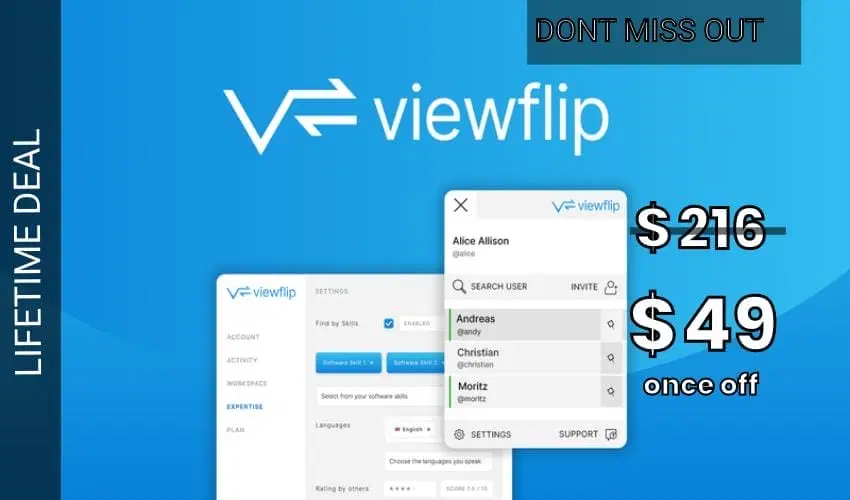
viewflip – Plus Exclusive Lifetime Deal for $49
viewflip – Plus Exclusive Lifetime Deal for $49 Overview Viewflip is a sidebar that integrates with Windows and macOS apps, so you can collaborate with people on any application. Remote access to any app With viewflip, you can grant remote control of your screen or limit access to select windows—it only takes a couple clicks […]
read more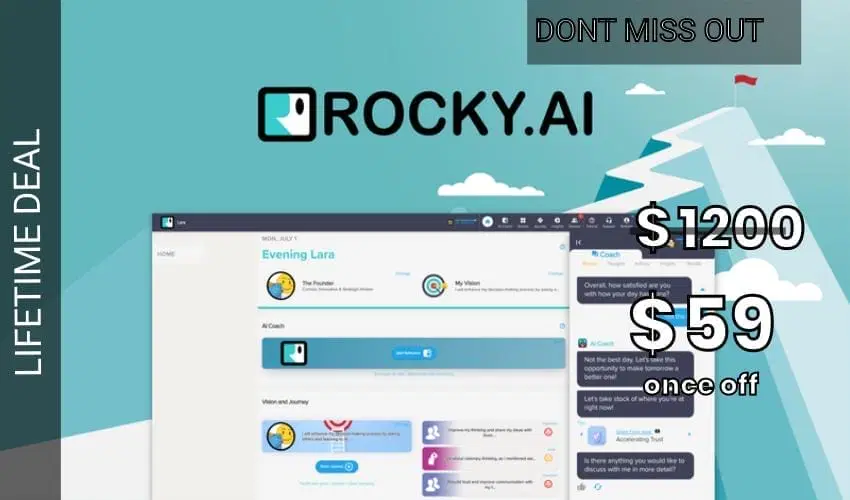
Rocky AI – Plus Exclusive Lifetime Deal for $59
Rocky AI – Plus Exclusive Lifetime Deal for $59 Overview Rocky AI is a white-label, AI-powered platform that lets you offer personalized coaching programs for clients or teams. AI-powered daily coaching Rocky AI doesn’t just offer pre-recorded content or occasional check-ins. This AI-powered platform delivers daily, personalized coaching interactions to help users meet their goals. […]
read more

